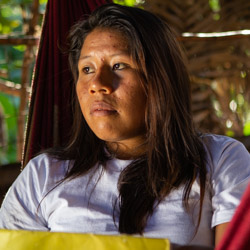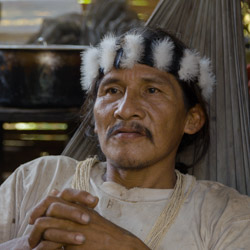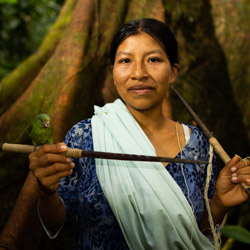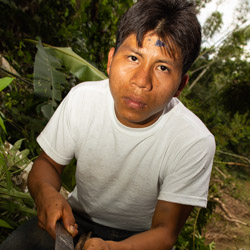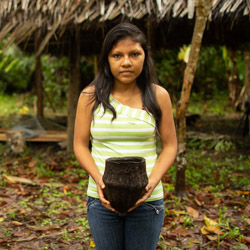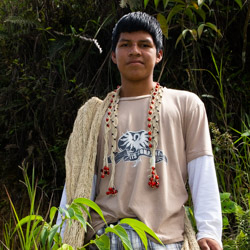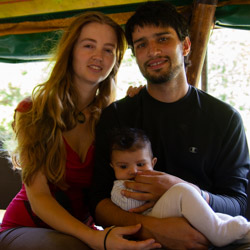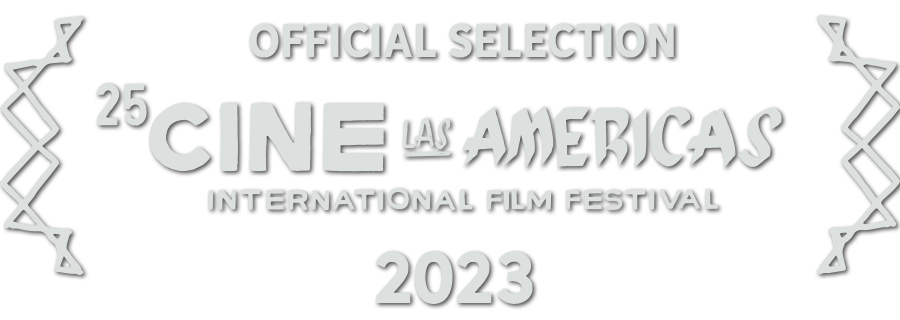

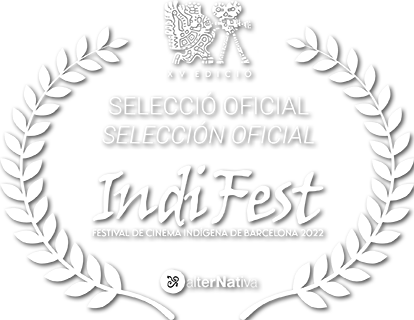

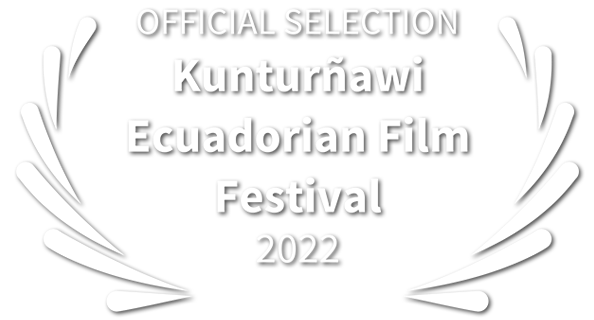
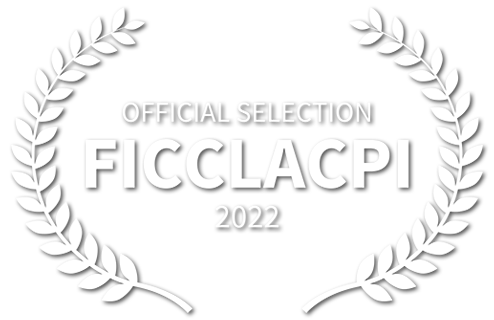
MIWENE
Reclaiming the Amazon
Steeped in the long oral tradition of Waorani storytelling, Anita Yeti shares her own coming-of-age story as a young Waorani woman living deep within the Amazon rainforest. Following Anita and her community for over ten years, the film captures her transition from a quiet teenager into a confident young mother at a critical turning point for her culture and rainforest. As the granddaughter of one of the last Waorani elders that lived in complete isolation before outside contact, Anita is determined to capture her grandmother’s unique experience while she still can. Anita attends the unique new high school in Kewediono, where the students are challenging the old education system imposed on their territory, and building a comprehensive guidebook to Waorani culture and scientific understanding of the rainforest--a textbook rife with ancestral knowledge that risks being lost completely with the passage of each Waorani elder. Each year that passes brings with it new challenges, but with the help of family and friends, Anita balances school, motherhood, and tradition.
"When a Ceibo tree falls, it leaves a large clearing. The surrounding rainforest reclaims it and a forest of new trees grows. This is Miwene."
--Gange Anita Yeti Enomenga--
Waorani Territory and The Yasunì Biosphere
The Yasunì Biosphere of the Ecuadorian Amazon is considered to be the most biologically diverse place on earth, as well as Ecuador’s largest untapped oil reserve. The Waorani, a semi-nomadic hunter-gatherer people, have fiercely guarded this territory from outsiders for over a thousand years, in complete isolation. In 1958, Evangelical missionaries, supported by U.S. oil companies, made the first lasting contact, and swiftly sequestered a large scattering of Waorani families into a small “missionary protectorate”, opening what was once completely inaccessible rainforest to oil companies, loggers, and settlers. Within two decades, half the population had died from the known lack of immunity to foreign diseases, while targeted reeducation programs attempted to eradicated their way of life and undermine their right to autonomy and self-determination. Today, much of the Waorani territory is fractured by a network of oil rigs, roads, and boomtowns. Anita’s remote community of Kewediono, surrounded by miles of intact rainforest on all sides, remains isolated from the worst of the colonial encroachment in their territory. But that too is at risk of eroding.
